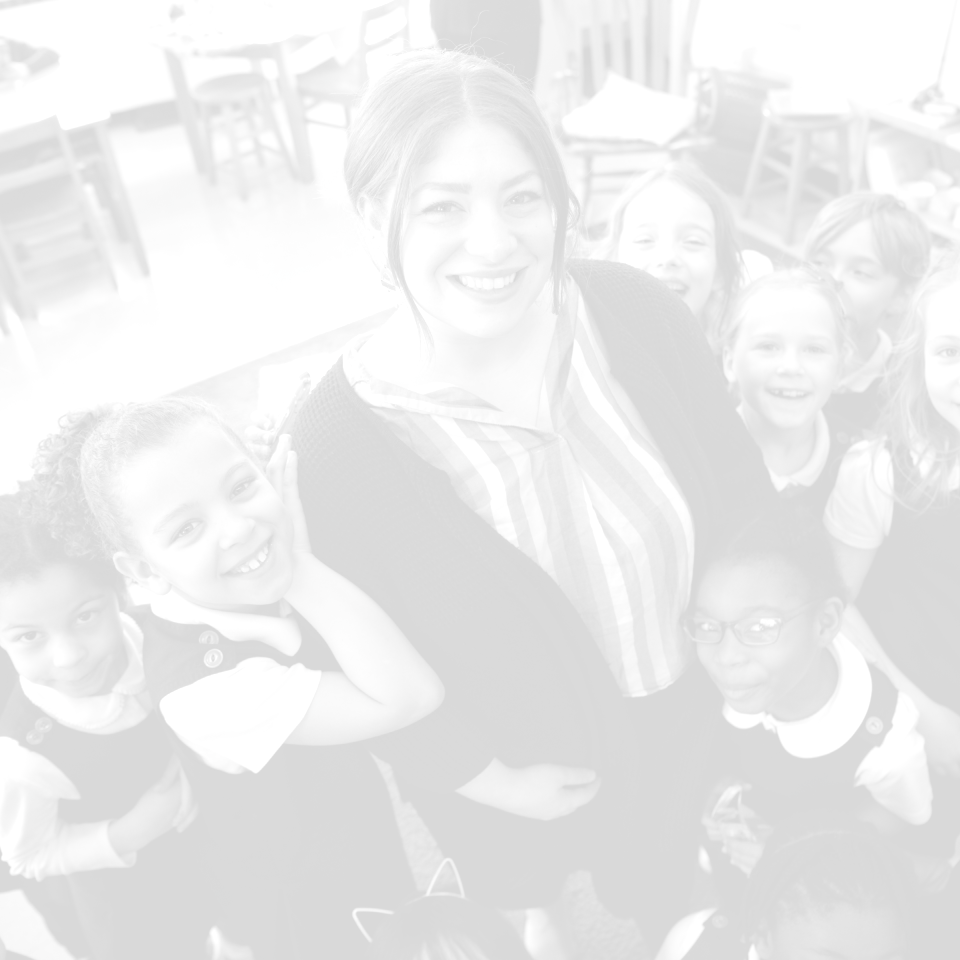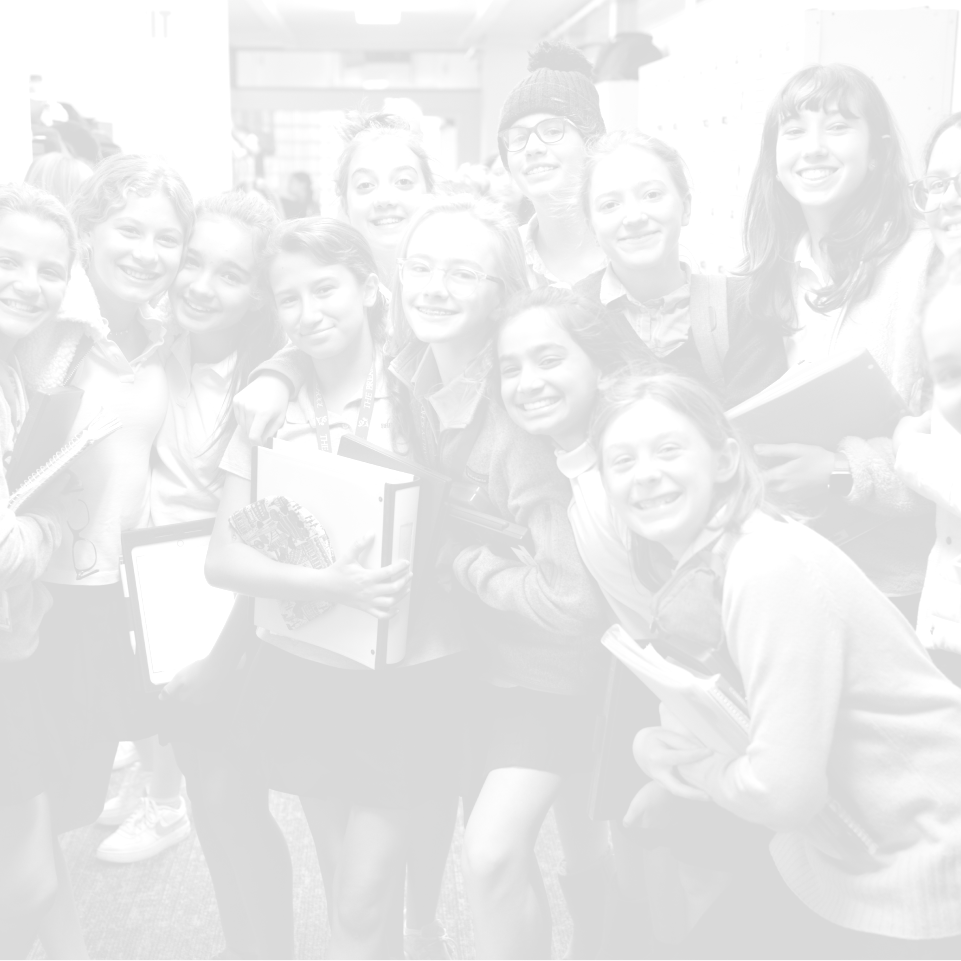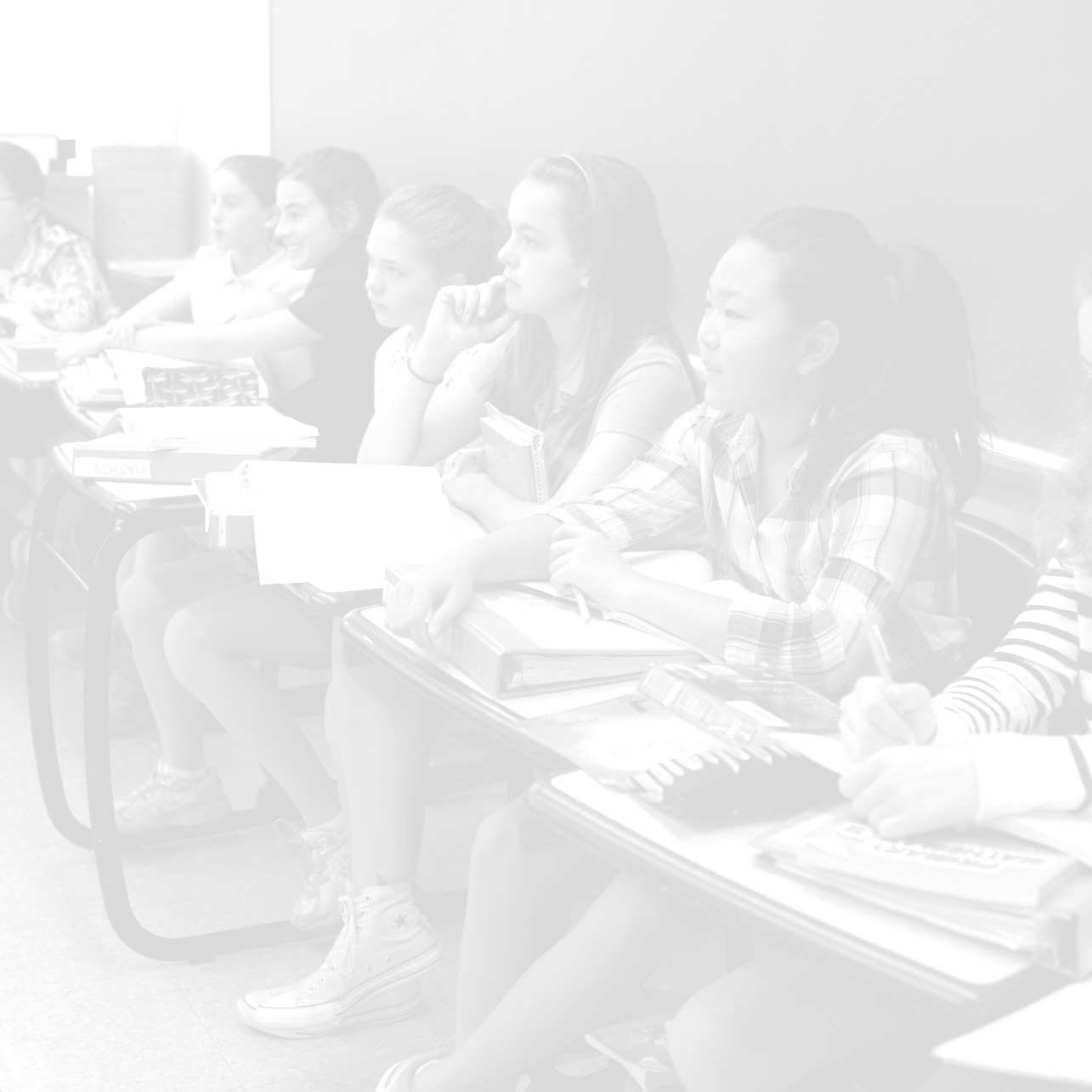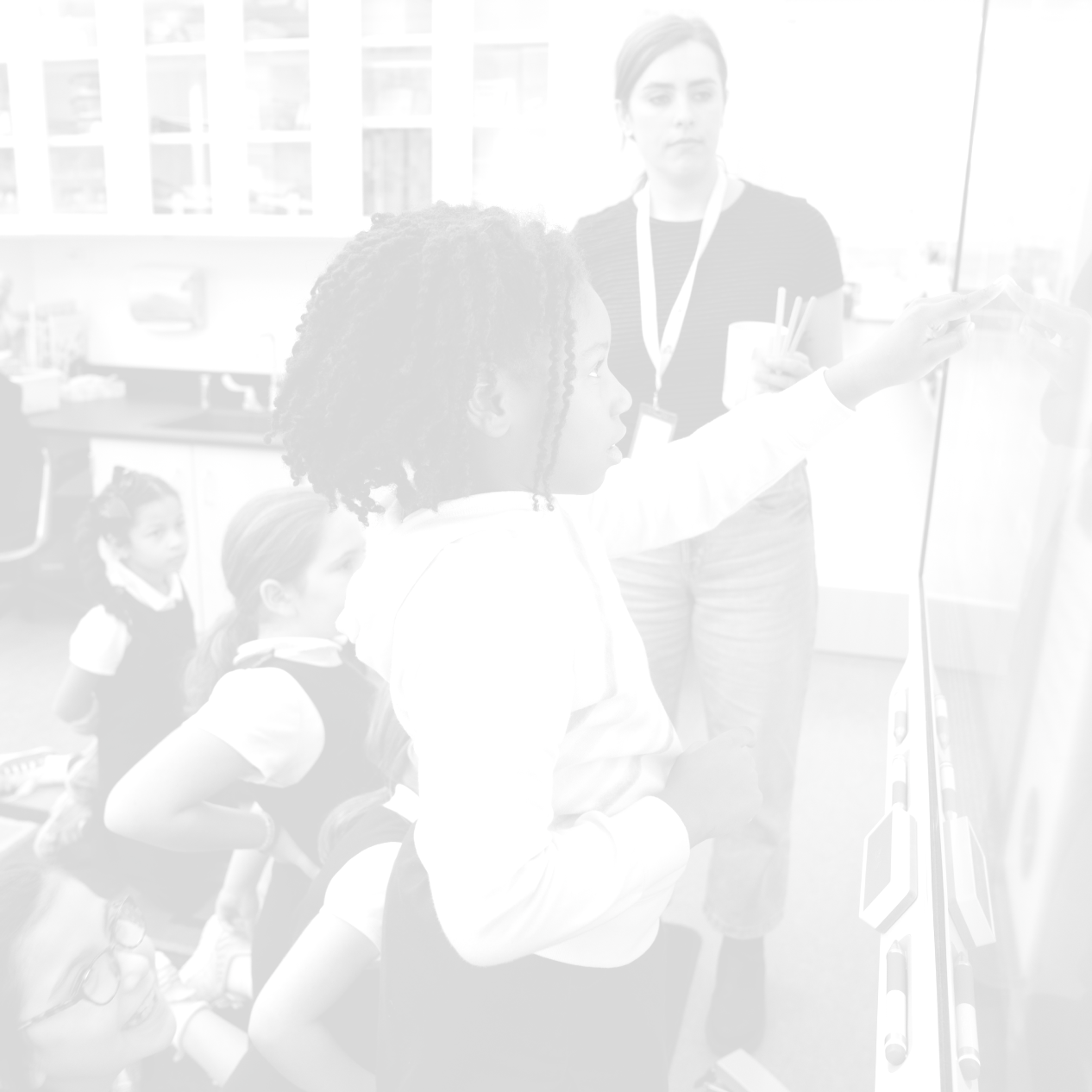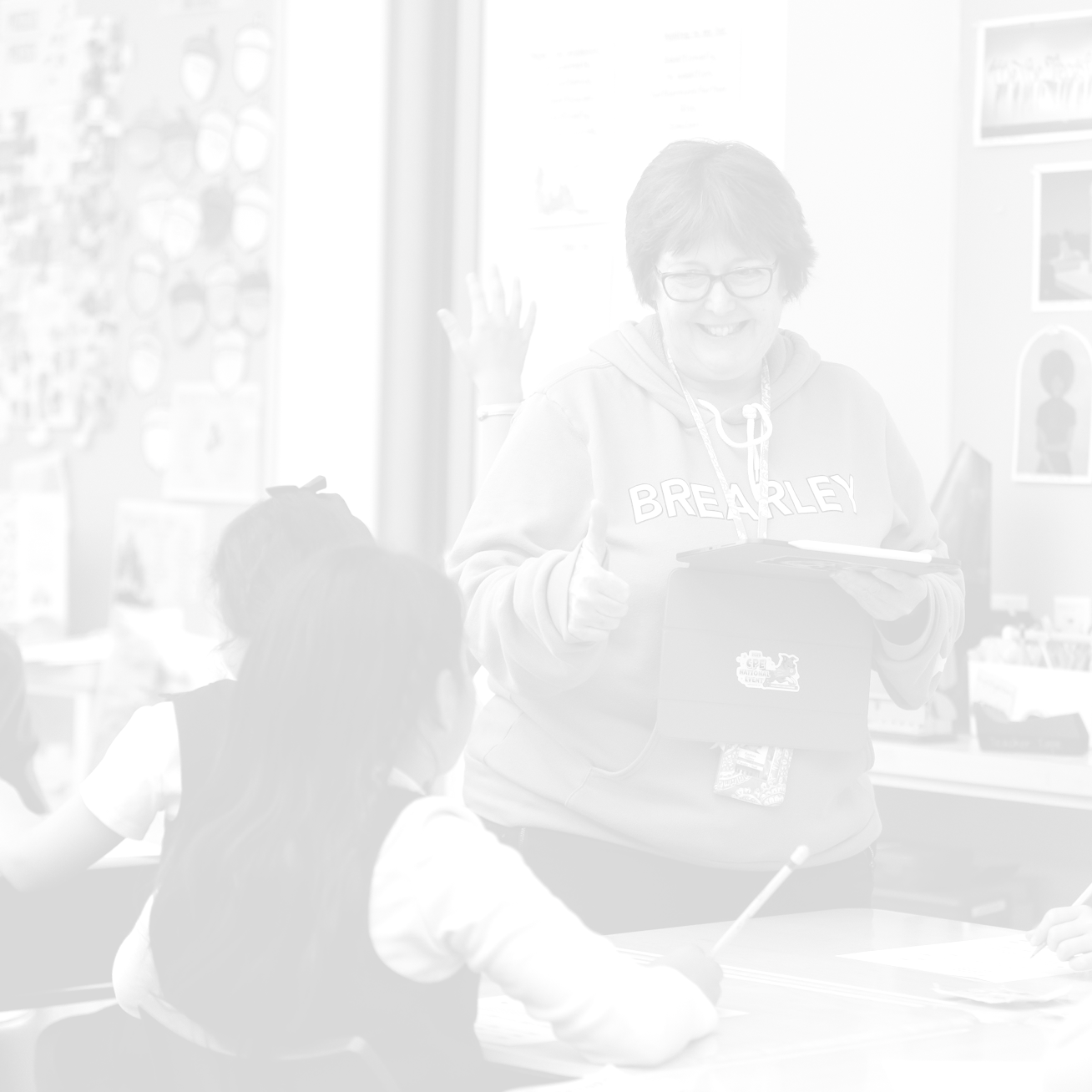The Move
Ninety years ago, the Brearley community designed and built a modern schoolhouse far away from the traffic and congestion of 61st and Park, the then location of the School. With Park Avenue being widened to four lanes in both directions and traffic from the Queensboro Bridge sputtering past, the faculty called for a new home for the School. One with light and air and ample room for both the students and the School to grow. As I perused issues of the Bulletin from November 1928 through February 1929, the alumnae submissions provided insight into the excitement about the possibility of quelling the concerns of the day, and then some.
Ever since Miss Dunn became Headmistress, the demands of the Faculty for more space, less stairs, more light and less noise have become more insistent and articulate. Undoubtedly the crowding of children in elevators and stairways which are inadequate, and the incessant din of Park Avenue traffic, produce a drain of nervous energy, thus lost to no account. Nov 1928 T
here is a provision for a swimming pool, conservatory, auditorium and alumnae room. Three floors are below the level of the street and face easterly on the river. The architectural problem is unique, and its solution results in the most interesting schoolhouse in the country. Nov 1928
A site at Eighty-third Street and East River has been chosen. There the sun will shine unobstructed into the school rooms, there the city’s noise is muted and there space and fresh air cannot be wrested from us. . . . The Main School will try, with a new and balanced program, to meet the city child’s problem: education of the mind, exercise and amusement in the open air, and home-work reduced to a minimum. Feb 1929
I’m not sure where the pool was supposed to be—C Deck?—but the goals of our predecessors are similar to ours today. 590 + 610 = a modern campus with light streaming in the classrooms, outdoor space for students at every grade level and space for them to learn and grow in and outside the classroom. With a roof deck and indoor play space in 590 for Lower School, 610’s refurbished pier will be open for Middle and Upper School students throughout the day. The new campus will offer state-of-the-art teaching, research, innovation, and athletic and arts spaces. Floats can take place in more private settings and students will have plenty of room to study and relax in between periods and before and after school. There will be twice as many elevators that will run twice as fast. More importantly, however, two schoolhouses will enable students and faculty to make their way to classes and activities more easily and the new stairwells in 590 have been designed to encourage walking for all.
In 1929, when 610 opened, the community conversation focused on the revolutionary shift to an all-day schedule. Yes, up to that point students went home in the early afternoon. How would a new building and added hours affect daily life and the levels of students’ stress? The February Bulletin listed a Q & A section. Inquiring alumnae wanted to know:
Will there be freedom for unorganized and creative play?Yes, particularly if the All Day School is put into place.
Will the change of environment, and more sun, quiet and space remove the much talked of “pressure”?Yes, it will. (This is one of the main reasons for moving.)
The more things change, the more they stay the same. I’m struck by the consistent themes of balancing the rigor of a Brearley education with much needed social experiences, play and creativity. The all-day program was in fact implemented soon after the move to the new building and has evolved into what we now refer to as co-curriculum, which allows students to collaborate on creative ventures, from photography to 3D printing, music to drama, service learning to technical theater, coding to comedy, athletics to Model UN. The co-curriculum at Brearley changes every year as new students assume leadership positions and encourage peers to join them in building a community activity. The freedom for students to create new clubs and experiment with a host of activities is a wonderful complement to academics.
But what of the historical issue of stress? Will our campus plan address that concern? More space will lessen the congestion on the stairs, in hallways and in classrooms. Moving unhindered about the building will reduce some of the stress of our crowded building—I’ve mentioned feeling like the old woman who lived in a shoe and so, apparently, did Headmistress Dunn! A campus will provide breathing room, but our new schedule must give us room to breathe. As you learned at the November P.A. meeting (and can review in a video on the portal), the faculty and administration have chosen to transition from a 5-day to 6-day schedule, thereby stretching our academic curriculum over an extra day. The faculty is now discussing how homework will be allocated to ensure that the breathing room we’ve created during the day continues into the evening. In addition, the 6-day schedule provides for fewer transitions for Lower School students and short “brain breaks” between every two classes for Middle and Upper School students, as well as regular free periods and additional club time for student collaboration and creativity. Altogether, the intention is to establish a regular rhythm to life at Brearley, along with more time to reflect, deepen learning and strengthen social skills.
Our goal is not to erase all stress at Brearley. Some stress is good for students. It builds coping skills, resilience and, ultimately, confidence. But too much stress isn’t good for students or faculty. In true Brearley fashion, the School has discussed its criteria for the building and schedule design, studied the science and learned from peer schools’ work in these areas. We are making a sincere effort to reduce the “hecticity” of school life and urge parents to consider the number of activities their daughters are involved in outside of school. As we make room for breathing here in 590 + 610, we are counting on support from families to build a similar kind of openness in student life beyond our walls. In the words of George Norton Northrop, Brearley head from 1920 to 1926, “Active encouragement from the home is one of the School’s most cherished assets.” Nearly one hundred years later, how grateful I am to echo this sentiment!
Happy New Year!
